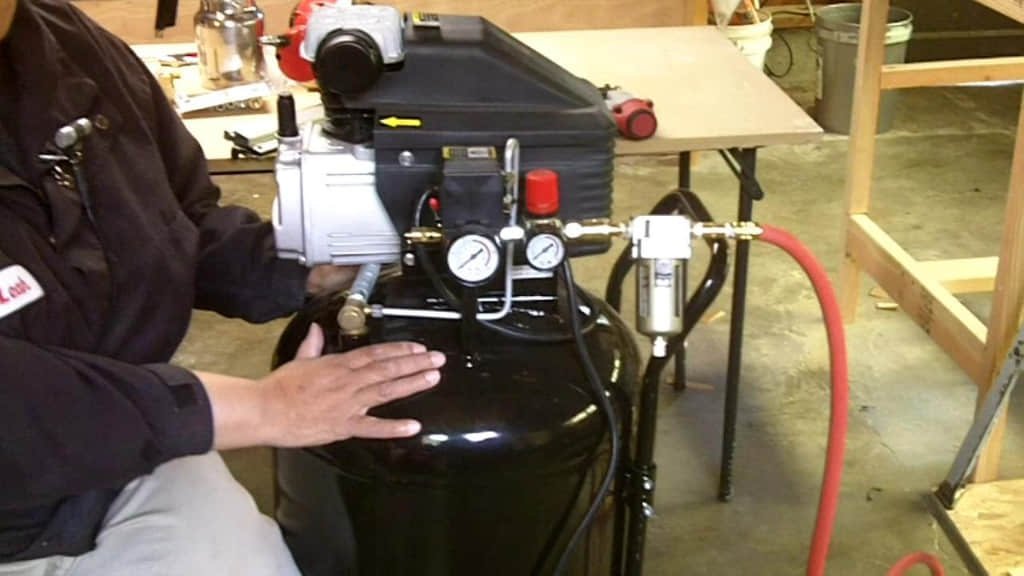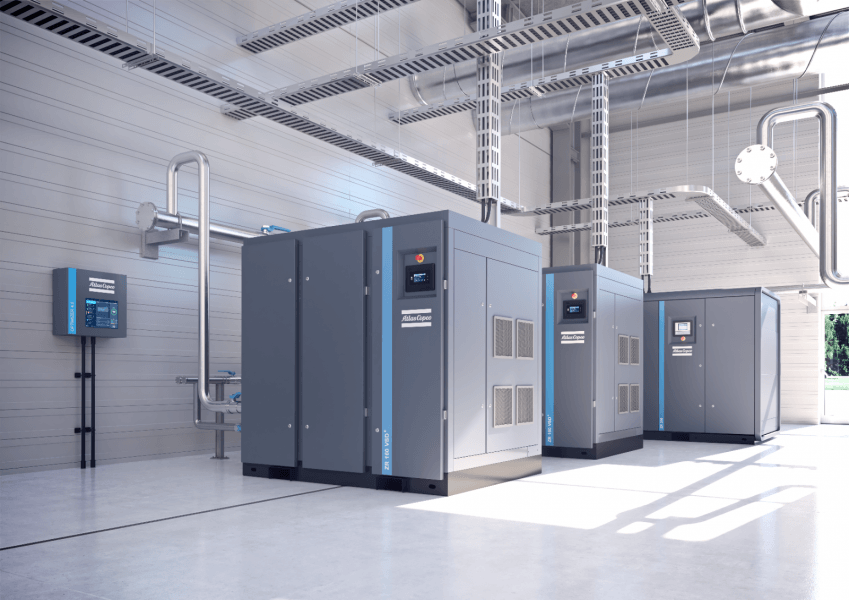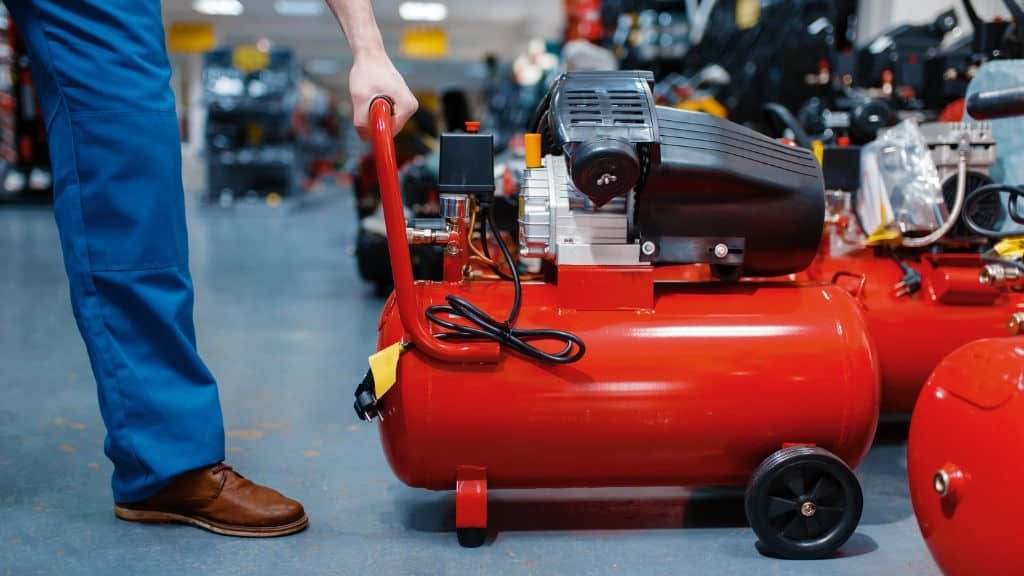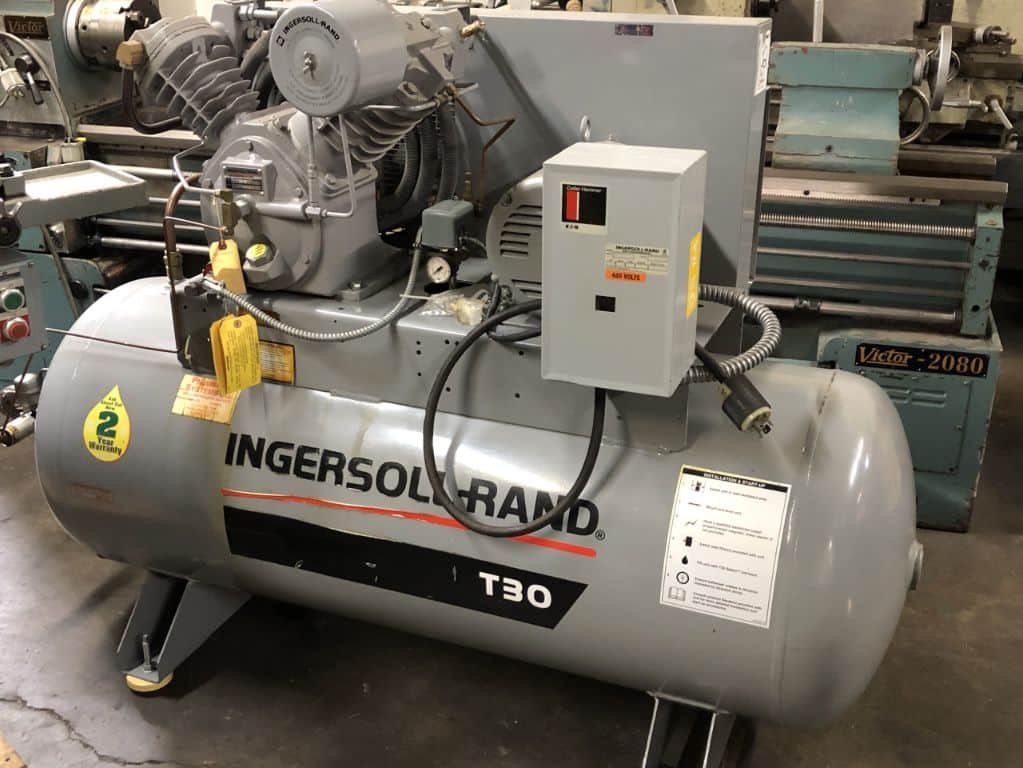As a hobbyist or DIY enthusiast, you may have started out with a small, portable air compressor for basic tasks around the house. However, as you gain experience and take on more complex projects, you may find that your current setup simply isn’t up to the task. Similarly, as a professional, you need reliable, powerful equipment that can handle a variety of tasks. In this article, we’ll explore the different types of air compressors and air tools, as well as tips and tricks for upgrading your setup and taking your work to the next level.
Types of Air Compressors
There are several different types of air compressors, each with its own strengths and weaknesses. Here are some of the most common types of air compressors:
Pancake Compressors
Pancake compressors are small, portable air compressors that are great for basic tasks like inflating tires and running small air tools like staplers and nail guns. They’re also affordable and easy to store, making them a popular choice for hobbyists and DIY enthusiasts.
Portable Compressors
Portable compressors are slightly larger than pancake compressors and are designed for more demanding tasks like powering paint sprayers and impact wrenches. They’re still relatively lightweight and easy to move around, but offer more power and versatility than pancake compressors.
Stationary Compressors
Stationary compressors are the most powerful type of air compressor and are designed for heavy-duty tasks like sandblasting and grinding. They’re also the largest and heaviest type of air compressor, which makes them impractical for some hobbyists and DIY enthusiasts.
Upgrading Your Air Compressor Setup
Whether you’re a hobbyist or a professional, upgrading your air compressor setup can help you tackle more complex tasks and achieve better results. Here are some tips and tricks for upgrading your air compressor setup:
Assess Your Needs
Start by assessing your needs and determining what type of air compressor and air tools will best suit your projects. Consider the size of your workspace, the types of tasks you’ll be performing, and the air flow requirements of your tools. This will help you choose the right type and size of air compressor for your needs.
Upgrade Your Air Tools
In addition to upgrading your air compressor, it may be necessary to upgrade your air tools as well. Look for high-quality air tools that are designed for the specific tasks you’ll be performing. This will help ensure that your tools are powerful, efficient, and easy to use.
Install an Air Line Filter
An air line filter is an inexpensive add-on that can help protect your air tools from damage caused by air contaminants like dust, dirt, and rust. Installing an air line filter can help extend the life of your air tools and ensure that they perform at their best.
Consider an Air Compressor Dryer
If you’ll be using your air compressor to power paint sprayers or other high-end tools, you may want to consider investing in an air compressor dryer. This accessory removes moisture from the compressed air, which can help prevent rust and other forms of corrosion.
Conclusion
Whether you’re a hobbyist or a professional, upgrading your air compressor setup can help take your work to the next level. By assessing your needs, upgrading your air tools, installing an air line filter, and considering an air compressor dryer, you can ensure that your equipment is powerful, efficient, and reliable. Whether you’re working on basic DIY projects or complex professional tasks, a high-quality air compressor setup is essential for achieving great results.




